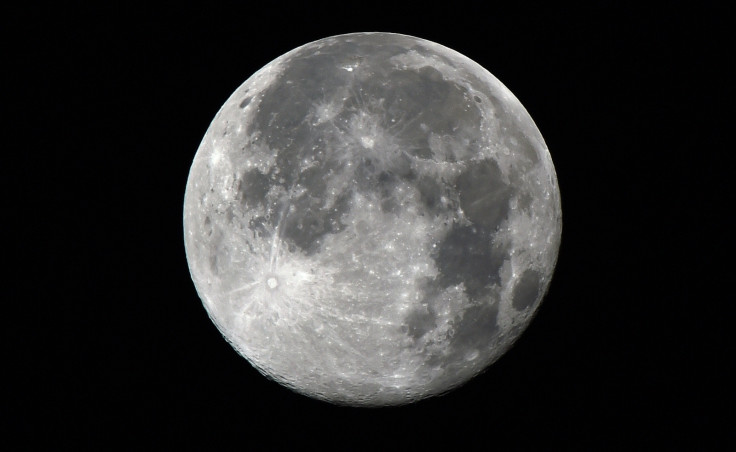Volcanic activity gave Moon an atmosphere 3.5 billion years ago
When formed, the atmosphere might have lasted for some 70 million years.

The Moon held an atmosphere around itself some 3.5 billion years ago, according to a report in Phys.org. A study published in Earth and Planetary Science Letters suggests the intense ancient volcanic eruptions flooding the surface of the Moon spewed hot gases to create a thin atmosphere over its surface – one that might have lasted for some 70 million years.
The revelation comes after an analysis of lunar maria samples – large, dark, basaltic plains formed by ancient volcanic eruptions – brought back by astronauts on the Apollo missions of the 1960s and 1970s.
Initial examination of the samples revealed that the hot magmatic plumes generated by the Moon had components of carbon monoxide and other gases, sulphur, as well as elements that form water.
However, now, Debra Needham and David Kring at the Lunar and Planetary Institute in Houston, Texas, have found how much of these gases were expelled from the process.
According to their findings, that emission was much more than previously thought – particularly about 3.5 billion years ago when volcanic activity was at its peak. This would have led to the formation of a thin atmospheric layer around the satellite.
According to New Scientist, the largest emission that time was roughly 10 trillion tonnes of gas spewing with about 5.3 million cubic kilometres of lava.
At present, the Moon is known to be a rocky surface with no elements to sustain human existence. It lacks the mass needed to hold an atmosphere around itself as well as a strong-enough magnetism to protect it from stripping away from solar winds.
However, Kring believes the latest finding alters that notion. "This work dramatically changes our view of the Moon from an airless rocky body to one that used to be surrounded by an atmosphere more prevalent than that surrounding Mars today."
With the US planning to go back to the Moon, the latest discovery could prove useful for future lunar missions. It hints at the possibility of volatiles from the atmosphere being trapped in cold sunless regions near the lunar poles and could lead us to a source of ice in the coming years.
© Copyright IBTimes 2025. All rights reserved.





















